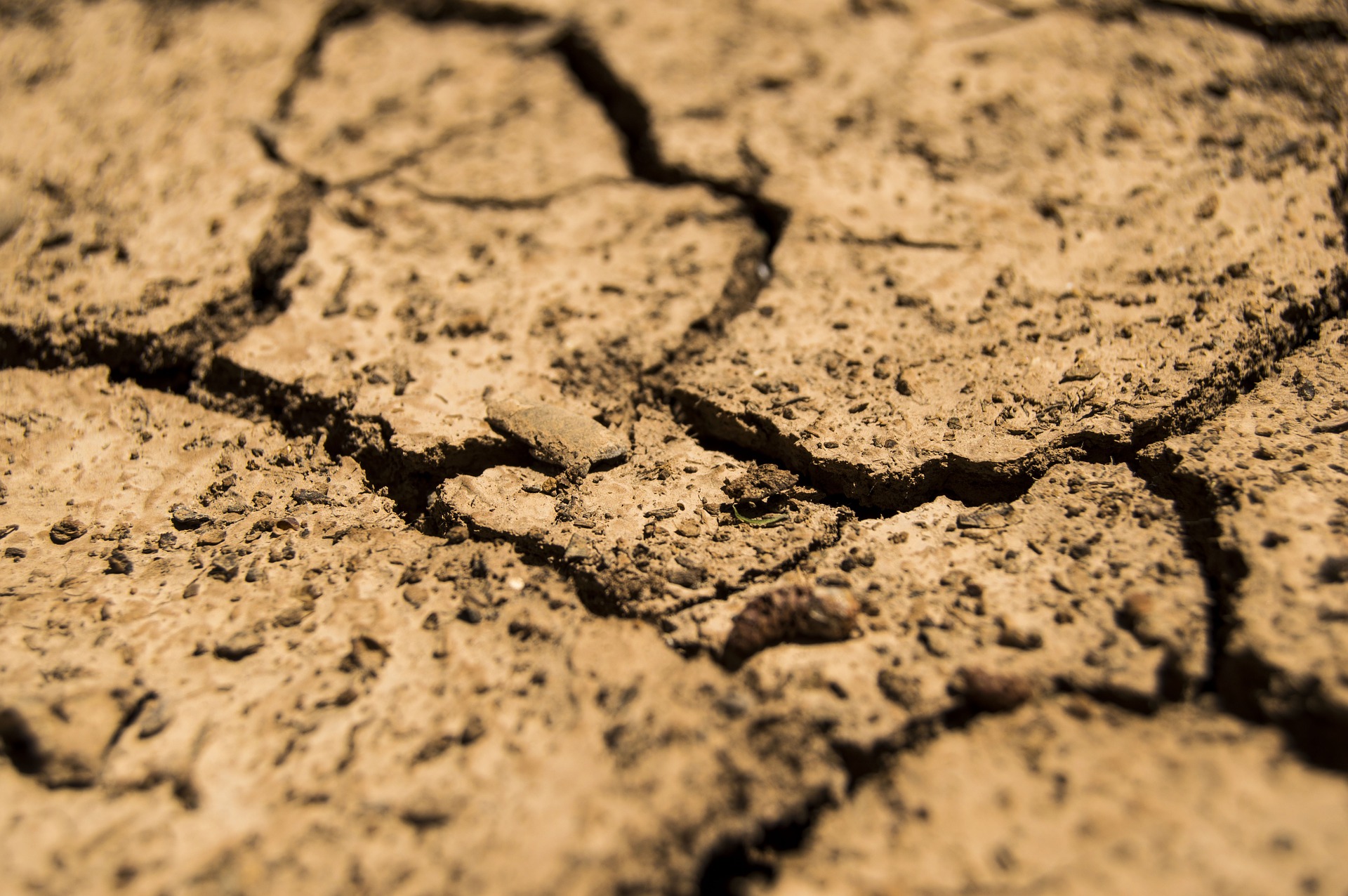By Judy Corbett.
Climate scientists report that future weather patterns are unpredictable and advise us to get ready for more multi-year droughts followed by bursts of excessive rainfall. Common sense dictates that we build water reserves during rainy years that will carry us through the lean years. While dams have been the reserve strategy in the past, recent experience has shown they have limitations.
UC Merced scientist Mohammad Safeeq has pointed to groundwater storage as a viable option, noting that California has enough unused groundwater storage capacity to hold 850 to 1,300 million-acre feet of water. This dwarfs the state’s current surface water storage capacity of 42 million-acre feet.
Sadly, as mechanized agriculture has expanded and our cities and towns have grown, we have drained or paved over much of the landscape that filled groundwater reserves for centuries. The volume of groundwater lost to impervious development is astonishing. NRDC and partners studied the effects of 15 years of development in 20 sprawling cities and found that by covering over aquifer recharge areas, each had lost enough groundwater to meet the average daily needs of 1.5 to 3.6 million of their residents.
Fortunately, agricultural and resource economists, soil scientists, hydrogeologists, engineers and others are currently researching and mapping areas with good recharge potential – areas with soil types that allow water to penetrate accompanied by a geologic makeup under the soil that filters and sends water to the aquifer.
Once special recharge sites are identified, we need to preserve or restore them. Here, progress is being made in both urban and in rural areas. For example, Santa Cruz and Butte Counties both have general plan language protecting important recharge sites from development.
The City of Los Angeles Department of Water and Power is now providing incentive programs to schools, homeowners, and businesses to capture stormwater and direct it to areas where it can be absorbed.
While naturally recharged groundwater is a very inexpensive, it still requires funding for infrastructure changes, land purchases, and the like. Funding could come from federal, state and/or local entities, including those responsible for flood management.
Innovative university researchers have begun to calculate the amount of water deposited in the “groundwater bank” by a single recharge project and assign a dollar value. Several California water districts are using this information to provide financial rebates to farmers who agree to capture and absorb stormwater on site rather than drain it off their lands
To get where we need to go, multi-benefit groundwater recharge projects must expand in number and scale. This will require breaking down the silos between those who make decisions about where and how we grow, those who secure and deliver water, and those in charge of managing floods. Each of these professions occupies a different silo, speaks a different language, and is focused on a different mission. However, working together, they can assure the ultimate success of California’s new Sustainable Groundwater Management Act.
The California Economic Summit’s Working Landscapes Action Team, under the leadership of UC Agriculture and Natural Resources Vice President Glenda Humiston, is bringing innovative land use, water, and flood management professionals together to envision joint projects and identify and overcome barriers to doing so. The results will be presented at this year’s Summit to be held in San Diego, November 2-3.
[divider] [/divider]
Originally posted at CA Economic Summit.
Judy Corbett is founder and former executive director of the Local Government Commission and is now a member of the California Economic Summit Working Landscapes Action Team.





